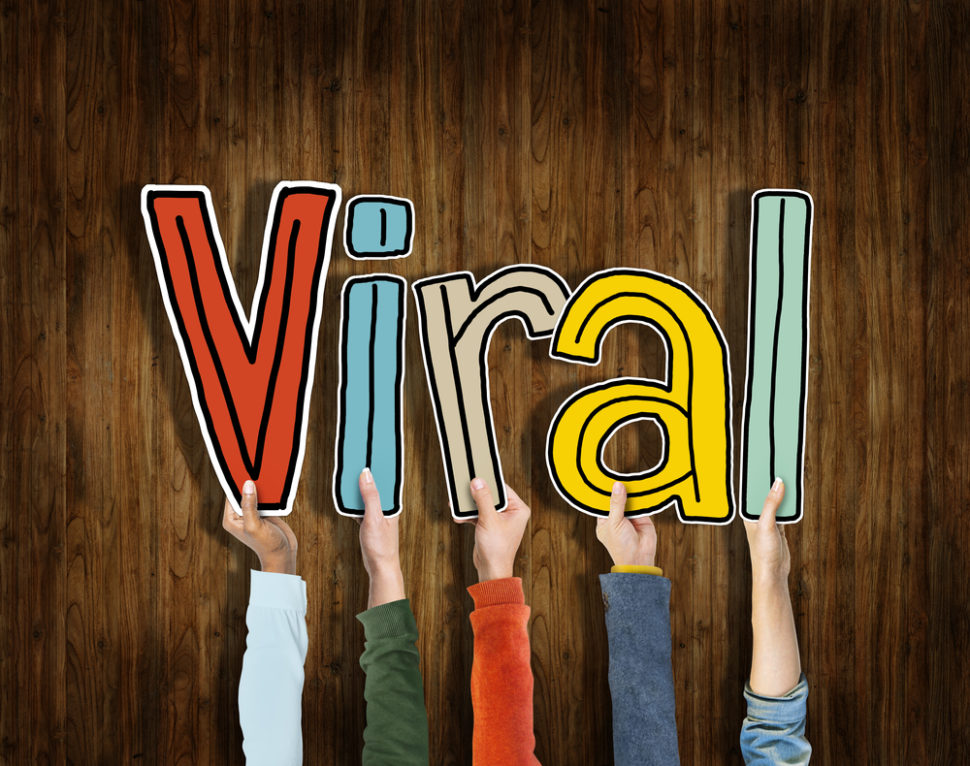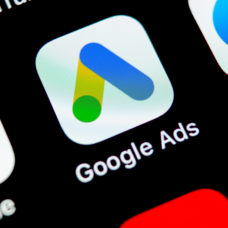How do you make a post go viral?
For the uninitiated, any content, be it blog posts, videos, interviews, or other media, can go viral. Viral content suddenly attracts thousands or even millions of views, shares, and/or comments in a short amount of time.
Typically, when content goes viral, it has been created by average creators. Some YouTubers, for example, like Pewdiepie or JuegaGerman (formerly HolaSoyGerman), receive hundreds of thousands of views within just hours. The videos they publish are certainly viral, but creating viral content is usually something newcomers celebrate.
Viral content is surprising. Many times this is true even for the content creator. Often, they are left wondering: “how did I do that?”
It’s a hard question to answer. Often, you’re left searching for the “secret sauce.” You can’t quite put your finger on it, but there’s a je ne sais quoi to that exciting piece of content you created.
It can be in the form of a Facebook post, a tweet, a Youtube video, or even a self-made meme on Reddit.
Most marketers want their content to go viral because it helps increase their visibility and exposure. In particular, viral posts allow marketers to reach an audience that can’t be reached organically.
Before we get to the tips that help you create viral content, let’s look deeper at what creates viral content.
Why Do People Share?
In content marketing, especially now that Facebook has changed the rules, it’s always wise to conduct original research. This includes researching what triggers sharing between users–the thousands of people responsible for content going viral.
In 2014, BuzzSumo analyzed 100 million posts and found out the patterns and features of the most shared content. The most shared posts were:
- Funny
- Made people look smart when sharing
- Infographics and lists
- From trusted sources
The New York Times also did their research and found the main reasons for sharing content from 2500 interviewed people:
- Staying connected with others
- Self-fulfillment
- Defining a personal identity
- Bring entertaining content to others
- Spread the word on causes that the user cares about
A study conducted by Marketo found out that people share for the following reasons:
- Discounts or special offers
- Advice with helpful hints and tips
- To warn others of other potential dangers
- Entertainment quality
- Inspiring quotes and images
- Surprising facts and photos
- Unifying/being a part of a group
What do These Studies Mean for you as a Marketer?
These studies highlight many different motivations behind highly-shareable content. However, these motivations all share some fundamental similarities.
What drives viral blog posts and content is emotional engagement. Whether people are attached to specific products, entertainment, or knowledge, acquiring and attaining these things validates their feelings.
The opposite works as well. If you can create content that evokes people’s emotions such as happiness, sadness, or even anger, then you’re more likely to have posts go viral.
Emotional engagement, what Mark Zuckerberg calls “meaningful conversation,” is the key to digital marketing.
If your content is stale, withdrawn, or indifferent, it won’t attract high numbers of shares. This may seem obvious, but being disengaged won’t engage anyone.
Of course, you can’t forget to load your content with useful information. It needs to be polished. Emotional appeal is essential, but it’s not the only thing.
Three Ways to Make Your Blog Posts go Viral
1. Paid Ads
You still need to create quality content that appeals to readers. However, you can fuel the fire and get more traffic.
With Facebook’s ‘boost post’ feature, you can reach more audience and even customize the post to a target audience. The more people who see your content means, the more people who can share, comment, and like your post.
However, with the recent changes to Facebook, it’s unclear how well paid ads will perform.
What we do know is that Facebook will deprioritize passive content that does not actively engage users. Instead, FB will prioritize posts that prompt meaningful conversations between users.
What does this mean?
Posts with a lot of long, quality, conversational comments will even trump posts with thousands of likes and shares.
Another way to drive more traffic to your content is to use StumbleUpon paid ads.
By feeding the fire and driving traffic, you can help get things going.
2. Recreate Viral Content
The next thing that you should do is to go to Buzzsumo and put in keywords related to your niche. After you press the ‘Go!’ button, Buzzsumo will display for you all related viral content.
Scour these viral posts related to your target keyword. See what made them go viral and then recreate them.
Now that you know what people love in your niche, why not create more of it? Look at the top related posts that have gone viral in the past year and create new, better, more detailed versions.
If they talked about the five ways to optimize your content, write 10 Key Ways to Optimize Your Content. Do some original research, find new information that makes the rehash worthwhile, and publish.
When you write your content, consider how your page looks. Is it well structured? Does the design look good?
If it’s not pleasing to your eyes, do you think other people will want to look at it?
The answer is no.
3. It’s All About Numbers
Lastly, viral posts are rare!
These posts are outliers and occur once in a while.
The Digital Marketing Institute has analyzed more than 500 million articles to see the average number of shares for each. Most of these posts acquired eight shares.
Even the most significant sites struggle to create viral content.
You can’t predict exactly what a post will do. However, you can at least avoid the standard practices of non-viral articles.
Neil Patel, one of the top influencers on the web according to the Wall Street Journal, advises creating posts every day. It’s better if you can create more than one blog post a day.
On average, he can build a viral post once every two weeks. “It’s a numbers game,” said Patel.
If BuzzFeed had to do it in bulk, that means that to create a viral post, you have to do it in quantity too.
The more posts you create, the more chances that it will go viral.


















Comments (0)
Most Recent